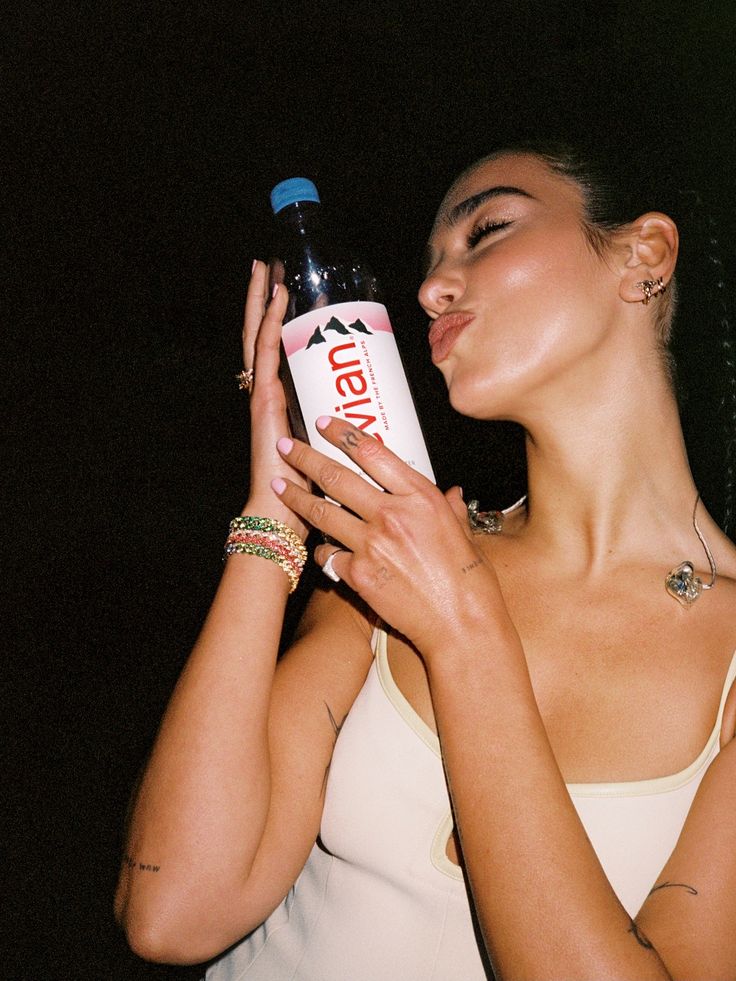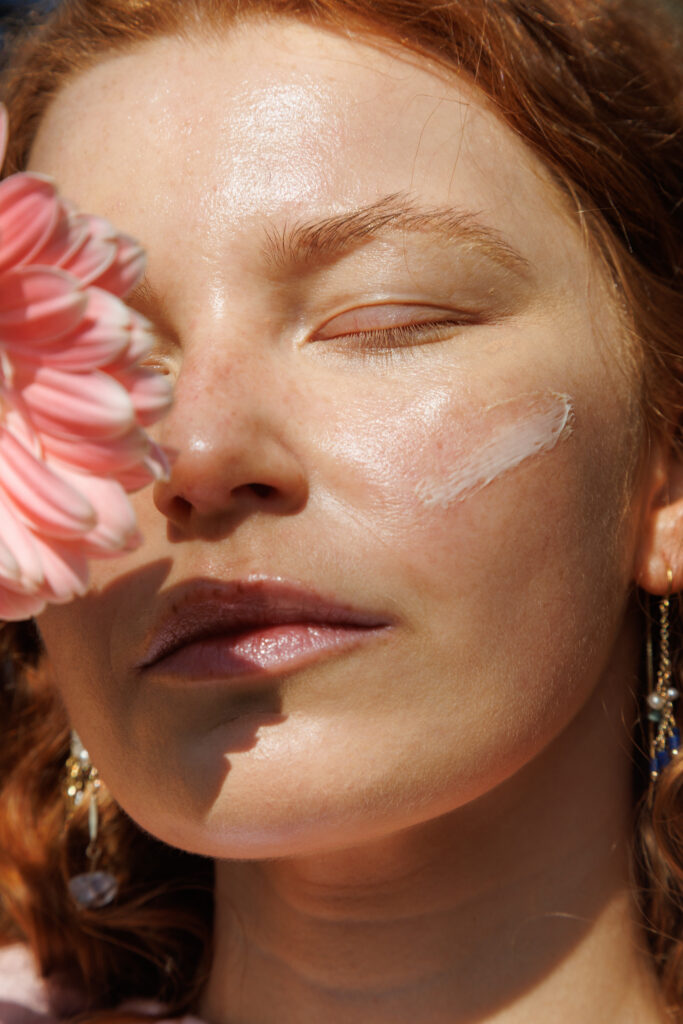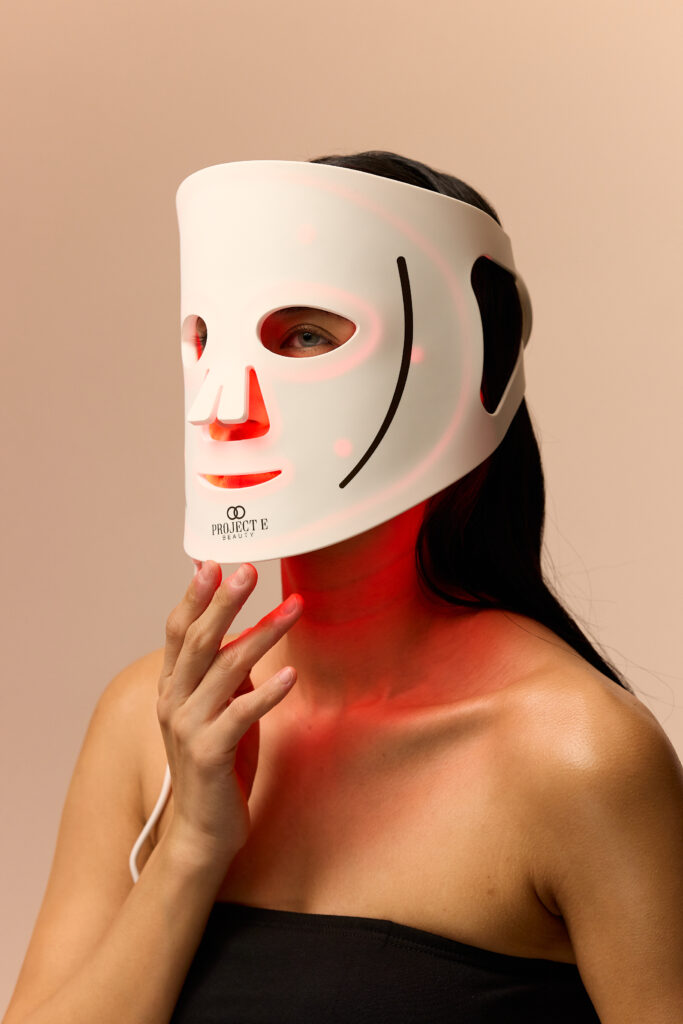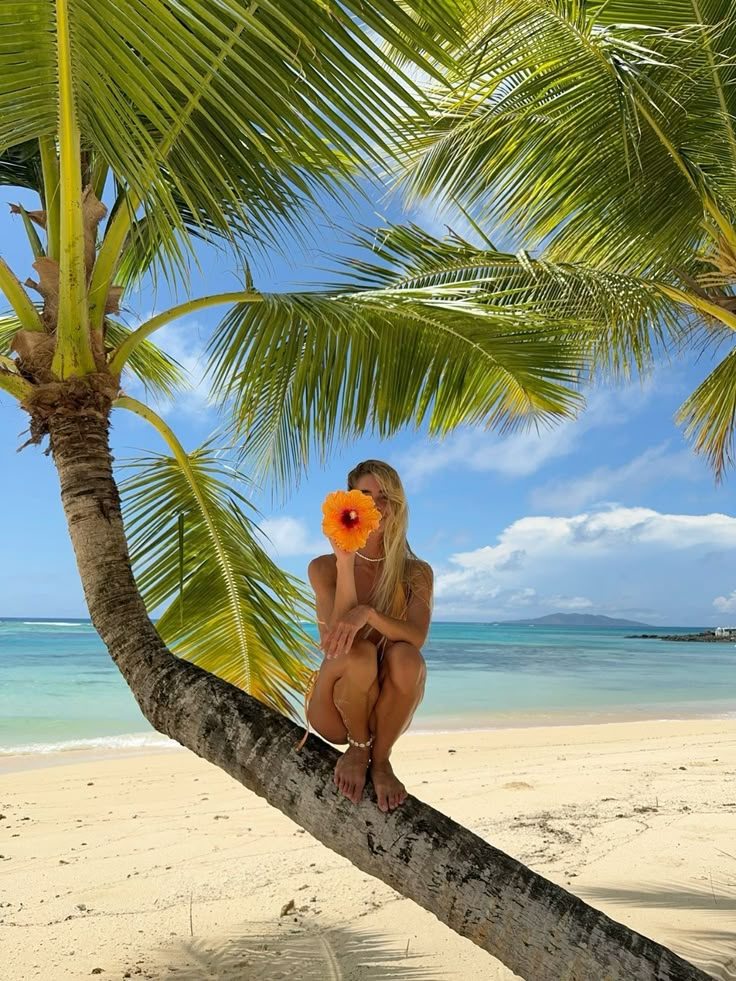After watching Apple Cider Vinegar on Netflix, it’s hard to believe the public ever trusted Belle Gibson’s Story. Gibson conned millions of people into thinking her terminal brain cancer was cured through diet and nutrition alone. Although, none of it was true. In 2015, Gibson was exposed as a liar and the world watched in shock while they numbly considered how many lives were lost because of Gibson’s pseudoscientific scam.
Surely this would lead to public scepticism and a natural distrust of influencers flouting health advice on social media however, this is not the case. The stratospheric rise of social media has resulted in an onslaught of medical misinformation and damaging health trends. Young Australians are most at risk of consuming medical misinformation, where 56% of Gen-Z admits to seeking wellness and dietary advice from TikTok. Gen-Z don’t seem to be that concerned either, where 1 in 3 users are unsure if the information they are receiving is accurate.
A specific corner of the internet has been titled ‘HealthTok,’ which includes influencers promoting unfounded health and wellness advice. Concerningly, only 11% of social media education sources held professional health qualifications.
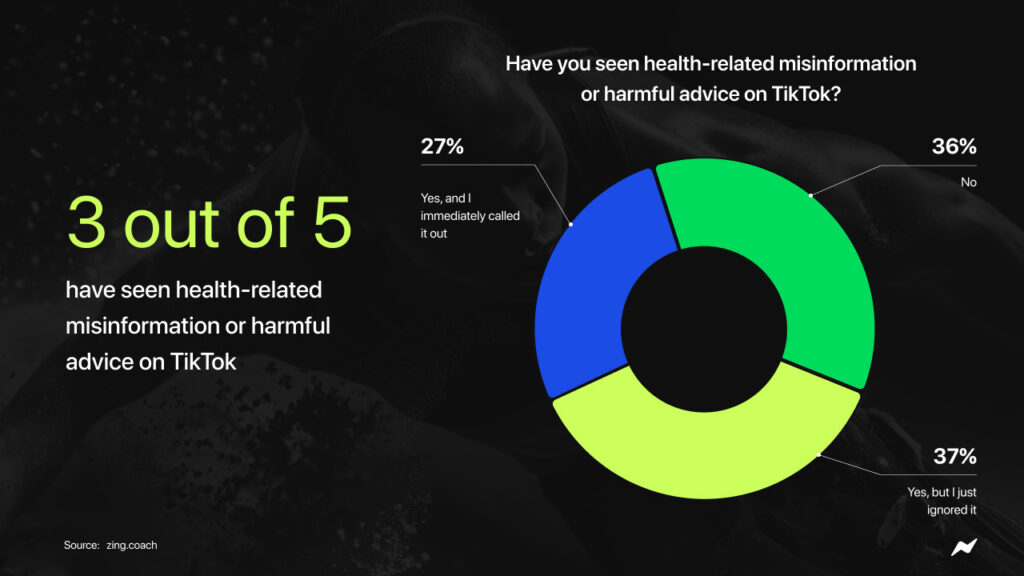
Social media trends can often be disguised as seemingly harmless health and wellness fads. The current craze of extra-large water bottles, with influencers pushing excessive hydration as a wellness trend is taking algorithms by storm. Hydration was once a necessity; we drank when we felt thirsty. But now, it’s a cultural phenomenon which projects the luxury of wellness. It’s not necessarily a new trend either. Evian shot to viral success after their television advert showed babies on roller blades dancing around branded water bottles. “Let’s observe the effect of Evian on your body,” the advert states, before showcasing the slogan, “live young.” The advert amassed over 100 million views, earning its place in the 2009 Guinness Book of World records. Evian was marketed as youthful hydration containing, “naturally pure and mineral-balanced water [to] support your body’s youth.” It blurred the lines between simply consuming water as an essential antidote to thirst and instead crossed lines into the beauty and anti-ageing industry.
Performative hydration in the form of fancy, oversized bottles in varying colours are accompanied by captions attributing their improved energy, mental performance and glowing skin as a result of excessive water intake. TikTok alone has over 22K posts under #emotionalsupportwaterbottle, which includes reels on swapping lids to create new colourways, performing ‘sip tests,’ and product unboxing.
@karaahansen My new emotional support @Owala #obsessed #owala #emotionalsupportwaterbottle
♬ original sound – Kara Hansen
But how much water should we actually be drinking each day?
Currently, no global recommendations exist for optimal fluid intake, which also reveals there is minimal scientific evidence for what constitutes appropriate hydration. Hydration is a result of complex factors including the presence or absence of chronic health conditions, metabolism and elimination. We also obtain hydration from food sources and all beverages, not just water. Our daily hydration status would therefore be based on total oral intake. As a general measure, you should be aiming for about 2-3 litres of all fluids in total, not just water.
While clutching an emotional support water bottle may seem frivolous, another trending topic is the resurgence of tan lines on our news feed. Creators are seen flaunting halter neck bikini tan lines, marketing them as the hottest look of summer. One reel shows a video of a creator lying in extreme sun conditions without sunscreen where the voiceover plays, “Did I say stand there and look stupid, no, I said burn it.” Alarmingly, these creators are also promoting apps which encourage a tanning routine utilising peak ultraviolet (UV) ray exposure throughout the day. You can also take progress pictures to monitor your tanning development. Sunburn is glorified as a stepping stone to achieving a summer glow.
In addition to harmful sun exposure schedules are reels promoting the use of tan accelerators such as melanotan, also known as the ‘barbie drug.’ Melanotan is an unregulated drug in Australia, carrying severe side effects and high rates of hospitalisation. The risks associated with UV exposure were concerning enough that the government banned the use of sunbeds in 2015.


So, why are young influencers returning to the trend of tan lines?
“Social media works by grouping together people talking about similar things or from a similar demographic,” explains Melbourne based Oncologist, Dr Amy Body. “What you don’t have is exposure to a much older demographic – maybe your neighbour in their 40s just had a skin cancer removed from their shoulder, or your aunty in her 60s might have dry, scaly spots on her skin from sunburn in years past.”
It’s not enough to simply feel well, it must be directly observed by large online followings. Tan lines have become another problematic projection of beauty and wellness, which are a direct contradiction to genuine health care advice. “Tan lines happen when the skin is exposed to ultraviolet light and melanin, a skin pigment which is brown,” explains Dr Body. “The problem is, ultraviolet light also damages the DNA in your skin cells,” Dr Body explains, “when it is damaged the cells behave abnormally and can grow and spread to places where they shouldn’t be. The more times DNA is damaged, the higher the chance of cancer later in life.”
“There is no safe way to get a tan line naturally,” Dr Body urges, “embracing your natural skin tone and taking care to protect your skin is a great option.” If you are still keen to engage in the tan line trend, consider artificial tanning as an alternative. If you want to take wellness seriously, you should be sceptical of trends which denounce national health advice and continue protecting yourself against the sun.
Sunscreen is used to protect us from the harmful effects of tanning, but recently its use has also been condemned by influencers who state it causes cancer. Interestingly, influencers perpetuating the anti-sunscreen movement have no medical qualifications.
@montana.older Controversially We’ve stopped using traditional/chemical sunscreen on our kids and ourselves 🙈 we now use zinc from @MooGoo Skin Care Crazy to think what youre putting on your skin and kids skin can be so harmful, do any other mama’s have suggestions for household products and skincare/perfumes etc for myself or any other mama’s wanting a low tox lifestyle?? 🤍🤍 #lowtox #lowtoxliving #sunscreen #mumsoftiktok #controversial
♬ original sound – MONTANA
TikToker Montana Older spreading misinformation about sunscreen and it’s chemical based ingredients
Misinformation is usually spread when a person seizes an element of truth and incorrectly applies it. While sunscreen isn’t directly linked with cancer, some studies showed the presence of chemicals which could be potentially harmful.
The original study explains that “some, but not all,” sunscreens may be contaminated with a known carcinogenic chemical called Benzene. Benzene can also be found in beauty products, not just sunscreen.
These items were immediately re-called, and the experts warned against this harmful rhetoric. “Sunscreen has not been directly shown to cause cancer. In fact, there are clinical trials which show lower rates of skin cancer in people who used daily sunscreen,” says Dr Body. “Promoting it as a carcinogen when there isn’t strong evidence of this is just untrue.”
If you’re still worried about sunscreens cancer causing potential, the key piece of advice is to avoid UV exposure altogether. Dr Body recommends using an alternative sunscreen, avoiding peak UV exposure times, wearing light clothing and sitting in the shade. These recommendations aren’t particularly unique, either. In 1981, the Cancer Council launched its famous ‘Slip Slop Slap’ campaign, encouraging people to engage in multiple layers of sun protection. Over 40 years later, there is a significant reduction in skin cancer diagnoses. It was recognised as one of Australia’s greatest health achievements. “Remember that you only have one skin, which has to come with you for the rest of your life,” reminds Dr Body.
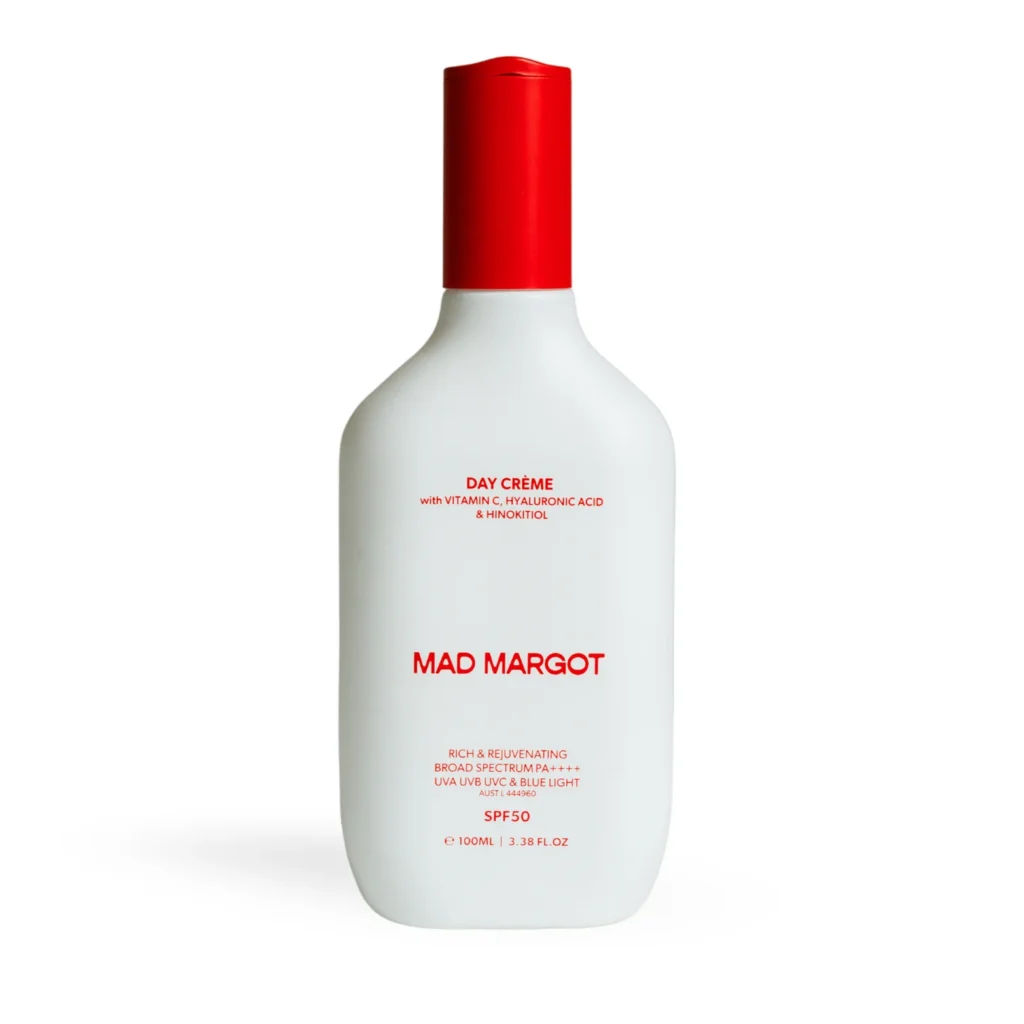
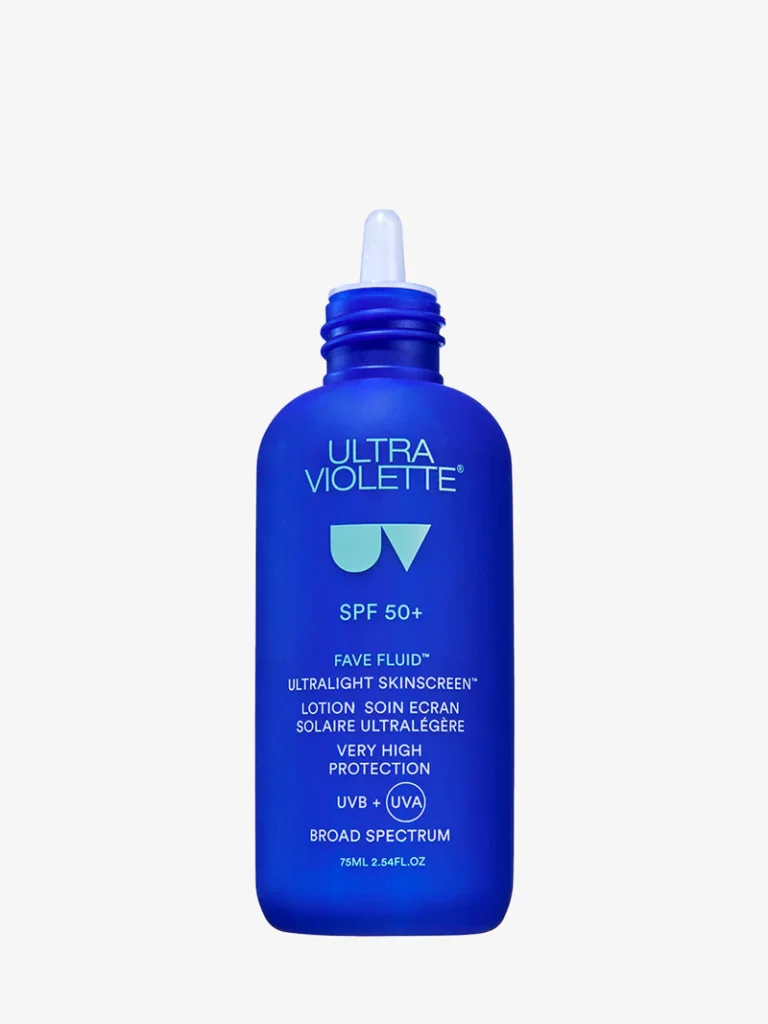
While the detrimental effects of the sun aren’t new, it comes down to protecting ourselves against harmful misinformation on social media. No health professional would advise you to make a decision that is not based on proven scientific evidence.
Relying on ‘HealthTok’ as your main source of medical information is dangerous. Complex medical information requires expertise and nuance, which should be interpreted by trained professionals. Social media has revolutionised the consumption and accessibility of health information, but users need to exercise caution. If you wouldn’t pay to go to this person for a consultation in a clinic, should you really be utilising their advice online? If they aren’t a qualified professional, be careful of the content you are using to make decisions surrounding your body.
Read more of our Health & Wellness articles here.

